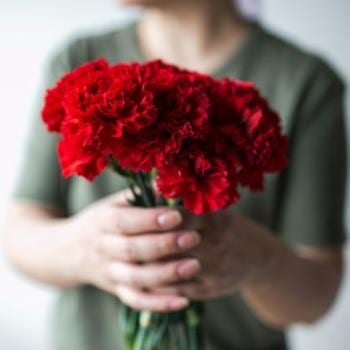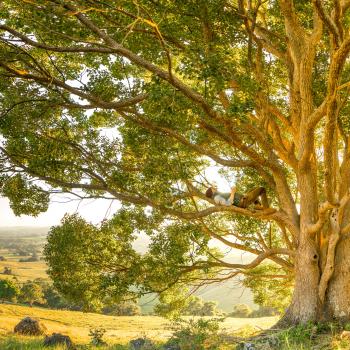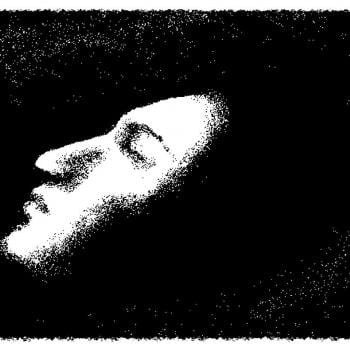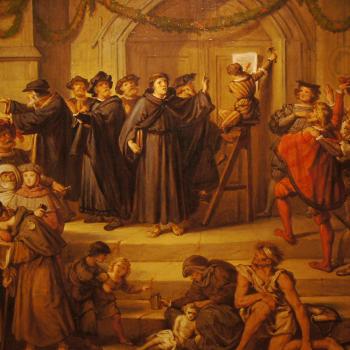- Trending:
- Pope Leo Xiv
- |
- Israel
- |
- Trump
- |
- Social Justice
- |
- Peace
- |
- Love
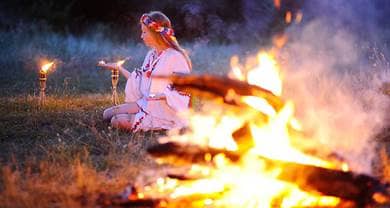
RELIGION LIBRARY
Paganism
Worship and Devotion in Daily Life
Living a Pagan life in our time can involve choices as dramatic as leaving a high-paying job to join an intentional community dedicated to environmental sustainability, or as simple and ordinary as reading books on nature spirituality whenever possible. No consensus exists to direct individuals on how to live a "true" Pagan life. Like so many other aspects of this spiritual path, much is left to the individual practitioner.
Many people choose to integrate Pagan traditions into their daily life by setting up one or more personal shrines or altars in their home or yard. The personal altar can be simple or elaborate; it can be set up according to traditional parameters as established by one's community, or it can be an innovative, individual expression of faith and devotion. Since the purpose behind a shrine is to foster a sense of devotion or daily connection with one's deities, anything that contributes to such a purpose would be acceptable. One's shrine might include statues of gods and/or goddesses; symbols of nature, particularly of the elements of air, water, fire, and earth; candles and/or incense; the practitioner's journal or "Book of Shadows" (a journal containing one's rituals and magical lore), meaningful objects from the natural world (such as crystals, feathers, seashells, or water from a holy well), and any other item that might have particular religious or spiritual significance.
The shrine can function as a focal point for personal meditation, or as a devotional "offering" to one's gods or goddesses, or as a working altar, which can be used in rituals or ceremonies. As in the design of a shrine or altar, the ways in which it is used are subject to each person's preferences. Some practitioners could conceivably create a personal shrine or altar that functions as little more than a work of art - a visual reminder of spirituality that never gets touched or directly engaged in. Others may have a more interactive relationship with their shrine or altar, continually rearranging the items on the altar or bringing new items of interest to supplement or supplant older objects already there. Some Pagans enjoy collecting statues, jewelry, posters, books, or other items that can be displayed in their home as a way of creating a magical or mythical "feel" to their living space.
Pagans have a variety of attitudes toward prayer. Some feel that prayer is meaningless, since it implies an external deity "out there" or "up there" to whom one addresses one's petitions. Others think of prayer as an appropriate activity, even if belief is placed in a god or goddess who is found within. Instead of, or in addition to, prayer, meditation - whether involving visualization, recitation of a mantra, or Buddhist-style breath awareness - can also be a part of an individual's practices, depending on his or her interest and inclination. Other borrowed religious practices, from the use of a mala or rosary, to yoga or Tai Chi, to lectio divina, to chanting, may also be incorporated into an individual's daily spirituality. Because of the freedom and tolerance within nature spirituality as a whole, each person is free to fashion his or her own devotional life as their own interests dictate.
Many Pagans incorporate divination into their spiritual practice. Divination practices from around the world, including astrology, Tarot, Runes, the I Ching, Ogham, and the use of a pendulum as a dowsing tool, all are common within the Pagan community. Some divinatory practices are culturally specific and therefore may be particularly common within specific traditions; for example, the runes are especially popular with Norse Pagans, and the Ogham with druids or other Celtic Pagans. Divination can be used as a means of predicting the future, but often Pagans will bring a more sophisticated spiritual sensibility to their divination practice, engaging in it to seek guidance from the gods and goddesses and insight into their own unfolding spiritual growth and development. Some Pagans may do readings for others, and particularly gifted ones may offer their services professionally through a metaphysical bookstore or at a psychic fair. But many read strictly for themselves or for close friends, seeing divination as an intimate spiritual practice rather than a mere form of entertainment or fortune telling.
Since Pagans often resist the idea that "spirituality" is somehow distinct from the rest of life, ultimately almost any activity can be embraced as a part of a spiritual practice. Camping, hiking, gardening, nature photography, drawing or other creative pursuits, the practice of herbalism or the use of essential oils, incense making, the preparation and use of folk healing remedies - these are some of the many practices that can be incorporated into daily life with a clear recognition that such activities have spiritual meaning. Ultimately, every Pagan is responsible for developing his or her most meaningful practices.
Study Questions:
1. What does a “Pagan Life” look like? Who decides what is important?
2. Describe a shrine one might set up within their home.
3. Why are shrines used?
4. How do Pagans understand prayer?
5. Why is Paganism a holistic approach to spirituality?

